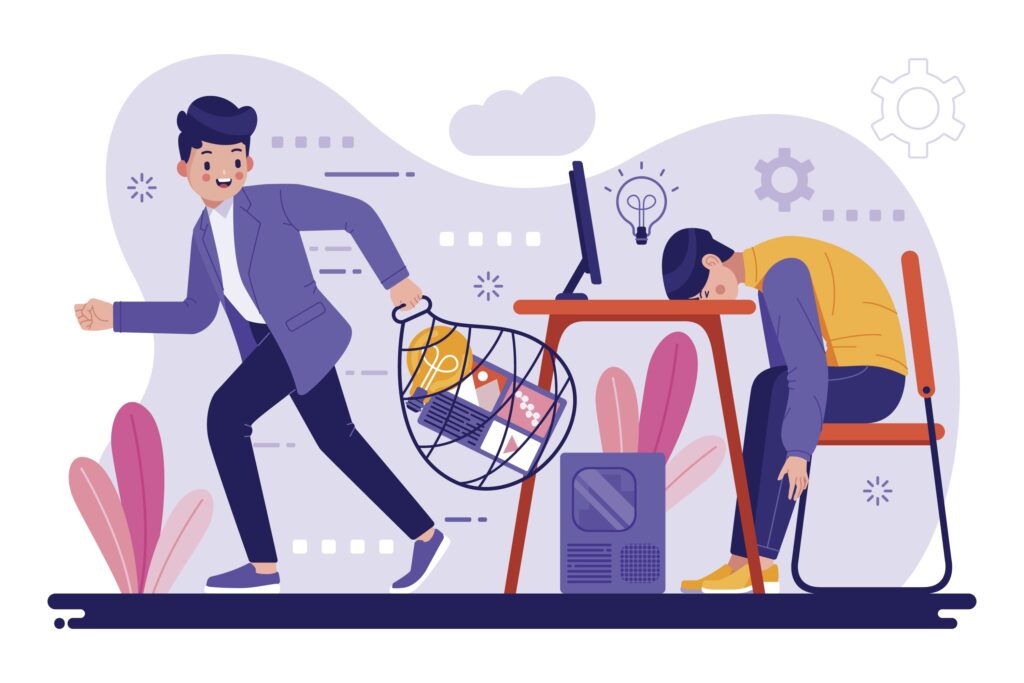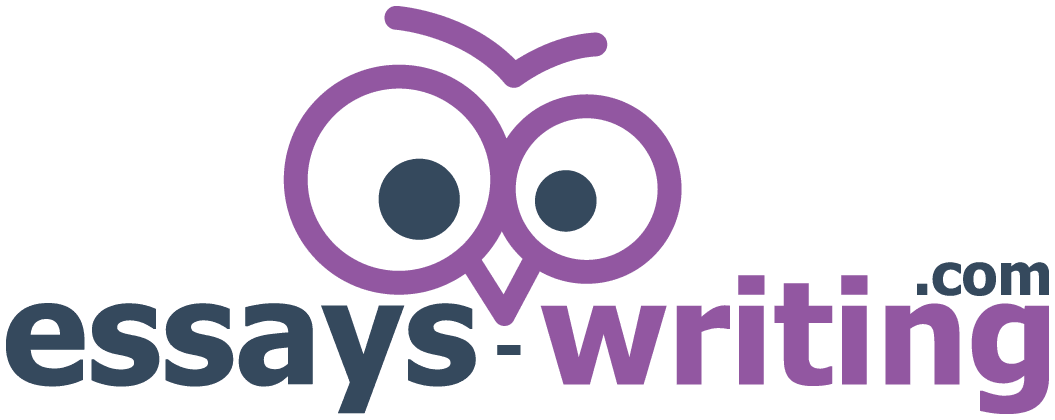
Table of Contents
Plagiarism is a form of intellectual theft that involves reproducing someone else’s ideas, words, or work without providing appropriate acknowledgment or recognition to the original creator. This can happen either intentionally, with the purpose of illegal copying, or due to an inability to understand and follow citation and referencing rules.
Why is plagiarism a problem?
In this article, you will read about the three main reasons why plagiarism is a significant issue:
Firstly, it undermines academic and professional integrity as it discourages authentic thinking and personal development. Additionally, it is unfair to the original creators of the ideas or works that have been stolen.
Secondly, plagiarism can lead to serious consequences both in the educational environment and the professional world. In the context of academic life, students accused of plagiarism may face penalties ranging from failing a course to expulsion from the institution. In the professional world, plagiarism can erode trust, cause legal problems, and result in job loss.
Thirdly, plagiarism can devalue and undermine the credibility of education and research. When students engage in plagiarism, they do not genuinely learn the material, fail to develop critical thinking skills, and do not engage with the scientific community. When researchers commit plagiarism, it can hinder progress in the scientific field and create an atmosphere of caution and distrust.
Myths about Plagiarism
Myth 1: “If I change a few words, it’s not plagiarism.”
This myth stems from a misunderstanding of what plagiarism entails. Many students and academics believe that simply altering or “paraphrasing” the words or phrases of an original text makes it their own. However, this is far from the truth. Plagiarism is not only about literal copying of the text. It also includes copying ideas, arguments, or the structure of the text, even if the words have been changed. This is known as “paraphrasing plagiarism,” and it is equally a serious violation of academic integrity as literal copying. If someone wishes to use the ideas or arguments of another author, it is necessary to properly cite the source, acknowledging the original author’s contribution.
Myth 2: “Plagiarism only occurs if I don’t mention the source.”
This myth arises from the idea that simply mentioning a source is enough to avoid plagiarism. While citing the source is crucial to avoid plagiarism, it is not the only requirement. Even if you mention the source, you can still commit plagiarism if you fail to use proper citation or paraphrasing techniques. For example, if you copy a sentence directly from a source without putting it in quotation marks, that constitutes plagiarism, even if you mention the source. This is because you are not clearly distinguishing the author’s words from your own. Additionally, engaging in “paraphrasing plagiarism,” as described above, is also possible even if you cite the source. If you merely change a few words from the original text but retain the same structure, it can still be considered plagiarism.
Myth 3: “Professors cannot detect plagiarism on the Internet.”
This myth arises from the mistaken belief that the Internet is so vast and boundless that it would be impossible for a professor to detect whether students have copied information from it. However, this is far from reality. First, professors have expertise in their subject matter and can often recognize when something comes from a source that has not been referenced. Furthermore, changes in tone or writing style may raise suspicions of plagiarism. Second, there are many plagiarism detection tools available on the Internet. These tools, such as Turnitin or Grammarly, can scan students’ texts and compare them to millions of other sources on the Internet, detecting any similarities.
Truths about Plagiarism
Truth 1: “Plagiarism detection software is more powerful than ever.”
Technology has made tremendous advancements in various fields, and plagiarism is no exception. Plagiarism detection software has become highly sophisticated, allowing for the recognition and search of similar texts with remarkable accuracy. These programs utilize complex algorithms to analyze the text, checking words, phrases, tone, sentence structure, and even writing style. This means that plagiarism can be detected even if the plagiarizer has changed some words or phrases. Moreover, these tools have access to extensive databases that include millions of documents, blog posts, research articles, books, and more. This enables the software to cross-check every submitted text with a vast volume of other documents, identifying any potential cases of plagiarism.
Truth 2: “Plagiarism can have serious consequences.”
Contrary to some common misconceptions, plagiarism is not a simple ethical violation that can be ignored. In reality, plagiarism can have severe consequences both academically and professionally. In an academic environment, the consequences of plagiarism can be strict. Students may receive a zero grade for an assignment or a course, be expelled from the course or even the institution. Additionally, plagiarism can impact their academic and professional reputation as information about the violation may remain on their record. Professionally, plagiarism can lead to job loss, legal consequences, and other negative impacts on an individual’s reputation and career.
Truth 3: “Recognizing and understanding plagiarism is crucial.”
Plagiarism is not merely a rule to be avoided; it is a matter that must be fully understood to ensure respect for intellectual property and integrity in academic and professional life. By knowing how to recognize plagiarism, you can be confident that you are not inadvertently violating these rules. This is especially important in the age of the internet, where access to information is easier than ever, but so are the chances of plagiarism. Furthermore, understanding plagiarism can help students and professionals develop critical thinking and research skills.
Strategies for Prevention and Handling of Plagiarism
Plagiarism is a serious issue with negative consequences in one’s academic and professional life. However, there are many techniques and strategies that students can use to avoid plagiarism. In this text, we will discuss some of these techniques, including proper citation and referencing practices.
- Understand what plagiarism is:
The first and most crucial step in avoiding plagiarism is to fully comprehend what it means. Plagiarism is not just copying and pasting text; it can also involve using ideas without proper attribution and presenting them as one’s own.
- Education and awareness:
Educating and raising awareness among individuals about the ethical use of information and recognizing the value of originality and intellectual property can be achieved through educational programs, seminars, and informative campaigns, thus contributing to plagiarism prevention.
- Implement good citation and referencing practices:
Implementing proper citation and referencing practices involves learning and correctly applying various referencing systems, such as APA (American Psychological Association) or MLA (Modern Language Association), depending on the field of your work. Good citation and referencing practices also include acknowledging and accepting the work and ideas of others, citing the sources used in the development of your work, and ensuring clarity and accuracy in citing and referencing sources.


